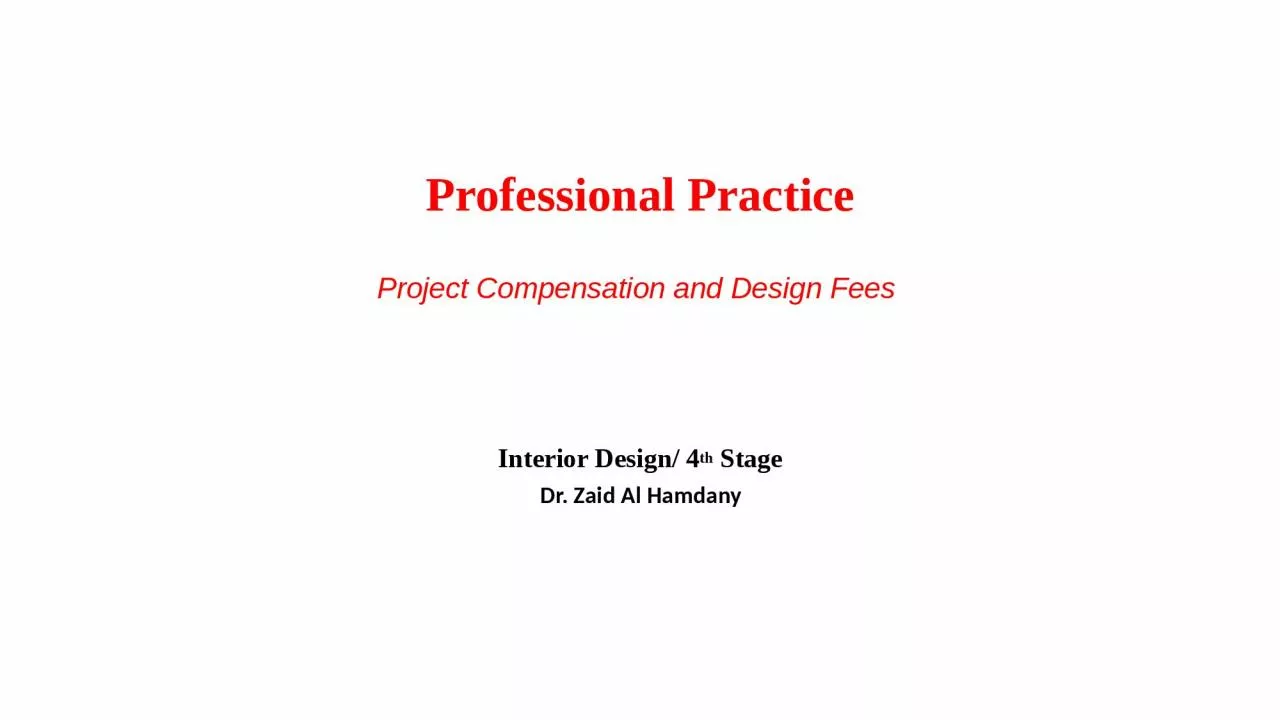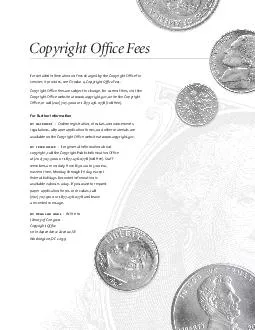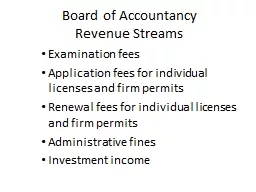PPT-Professional Practice Project Compensation and Design Fees
Author : tracy | Published Date : 2024-03-15
Interior Design 4 th Stage Dr Zaid Al Hamdany Income for a design firm comes from the fees the designer charges for services Some firms also sell merchandise
Presentation Embed Code
Download Presentation
Download Presentation The PPT/PDF document "Professional Practice Project Compensati..." is the property of its rightful owner. Permission is granted to download and print the materials on this website for personal, non-commercial use only, and to display it on your personal computer provided you do not modify the materials and that you retain all copyright notices contained in the materials. By downloading content from our website, you accept the terms of this agreement.
Professional Practice Project Compensation and Design Fees: Transcript
Download Rules Of Document
"Professional Practice Project Compensation and Design Fees"The content belongs to its owner. You may download and print it for personal use, without modification, and keep all copyright notices. By downloading, you agree to these terms.
Related Documents














